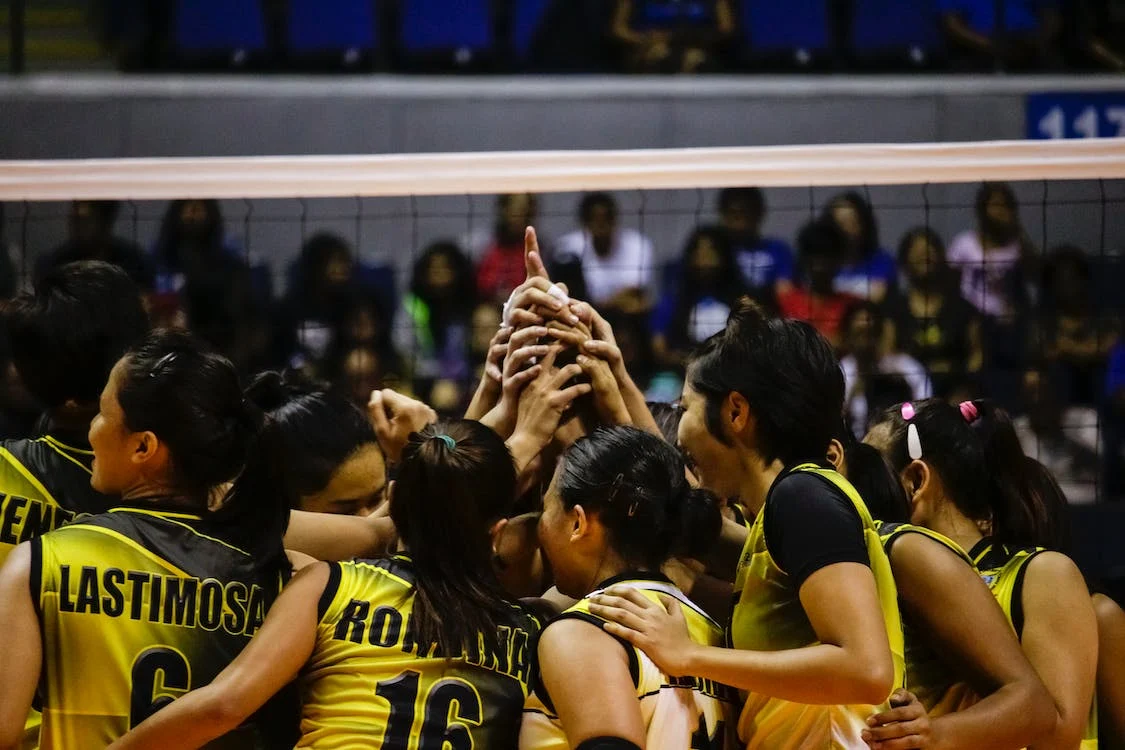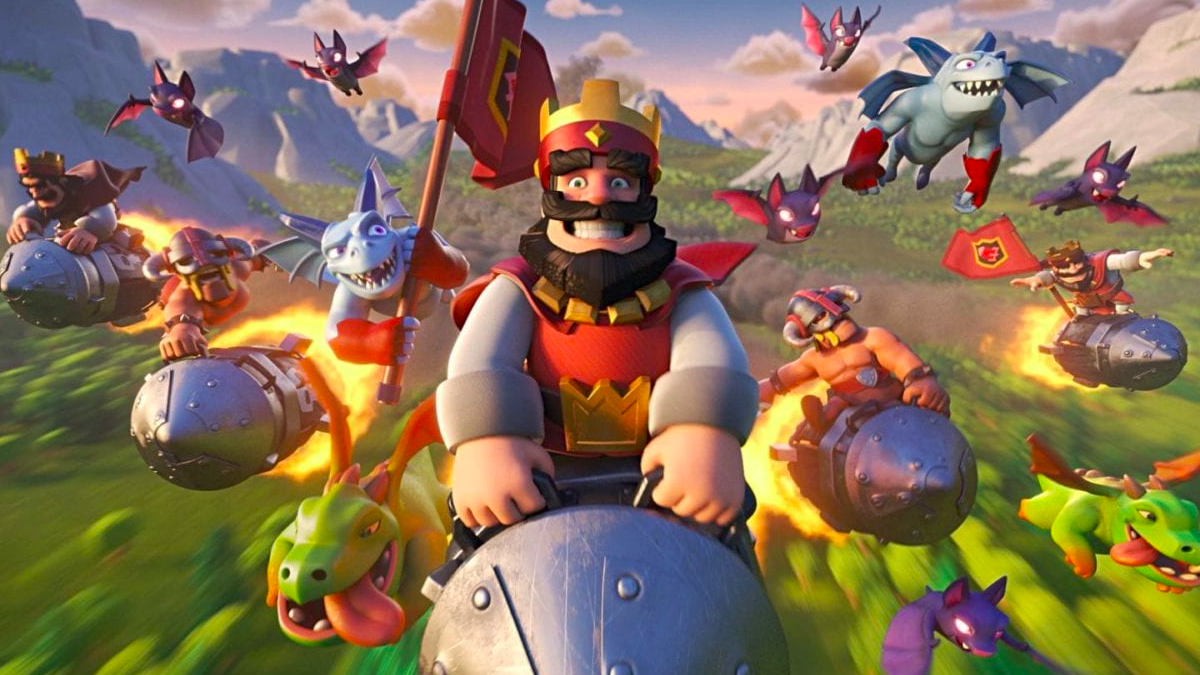Anúncios
According to data from the Fédération Internationale de Volleyball (FIVB), volleyball is one of the most popular sports in the world, with about 800 million practitioners, approximately 350 million of whom are regular players.
Volleyball is an incredibly fun and complete sport, developing strength, endurance, speed, and reflexes. It is suitable for all ages and is an excellent way to promote good health and strengthen friendships.
Want to improve your volleyball skills? This article is tailor-made for you!
 Image: Pexels
Image: Pexels
Before you start…
Remember to have a complete medical check-up. No matter if you’re a child, teenager, or adult, knowing that your health is in check is a basic task in the life of any athlete, professional or not.
Also, always do a good warm-up before starting any physical activity. This is essential to prevent severe injuries, especially during more intense moments.
Basic Volleyball Concepts
It’s always important to start with the simplest things – even if you already master them. No expert would deserve their title without mastering the most basic concepts, right?
Basic postures include:
- Serving Position: The ideal position requires your feet to be properly aligned and knees bent. Your arms should be stretched out and somewhat away from your body. Remember, it is done behind the baseline, outside the court.
- Receiving Position: Your knees should be bent and your torso projected forward, roughly at the same angle as your legs. Your palms should be facing each other and your arms in front of your chest. This way, you can receive the ball accurately and return it with force.
Practice regularly to never lose your touch and keep your body always in shape.
It’s also important to know the basic positions on the court:
- Setter: The “brain” of the team. They decide how the attack plays will be defined throughout the match, whether faster or slower.
- Middle Blocker: Positioned in the center of the net and mainly responsible for blocks. Usually the tallest member or with the highest jumping ability. Also responsible for attacking the ball in the 1st tempo.
- Outside Hitter: Usually positioned at the net’s entrance and specializes in attacks. Also collaborates with the middle blocker in blocking.
- Opposite Hitter: Positioned opposite the setter to facilitate aggressive moves.
- Libero: A true specialist in defense and passing. They cannot perform attacks or blocks, nor make “touch” lifts near the net area.
Study these concepts calmly and without rush; excellence takes time, after all.
Read more: Amazing apps to watch live volleyball on your phone
Tips to Play Volleyball Even Better
We should always seek evolution throughout our lives. This couldn’t be different in sports, right? Bringing certain habits into your life will certainly make a difference in your physical conditioning and your abilities on the court.
Always Start with the Basics
Serves, passes (bumps), and sets should be practiced before any match, right after warming up. Repetition of movements leads to their refinement, besides strengthening the muscles before important games.
Practice Serves
Great serves can be decisive in turning the game around. The more you can practice them, the better. Develop your skills in both overhand and underhand serves, as you never know which will be more important during the match.
Dedicate time to practicing the range and speed of movements with your arms and legs to execute efficient serves.
Your Spike Should Be Powerful
Often, the best defense is a good offense. Keep your arms stretched forward and use the bump to slow down the ball and position it as best as possible. Thus, returning it to the opponent will be a much more interesting task.
Attack movements should be trained quite frequently; some opposing teams are quite aggressive and only a response at their level will be able to reduce their self-confidence.
Explore Tactical Systems
Various schemes can be explored to come out victorious. 3×3, 5×1, and 6×0 are just some examples of tactics that can be tested during certain matches. More defensive or aggressive opposing teams may require a change of plans.
Very new teams can’t escape. They need to try several of them against the same opponents. Over time, they will be able to discover the best way to face them.
Consider Hiring a Volleyball Instructor
If you have the financial means, hiring an instructor can be extremely advantageous. Some clubs provide these professionals to their members, but it’s also possible to hire them independently.
 Image: Pexels
Image: Pexels
You can enjoy several benefits, such as:
- Personalized feedback;
- Specific training;
- Professionalized learning;
- Injury prevention;
- Tactical analysis;
- Responsibility and motivation.
There are many advantages, right? It’s important to choose a professional that aligns with your and your team’s goals. Thus, everything will flow in an incredibly pleasant and organic way.
Have Fun and Evolve!
The advantages behind any physical activity are enormous: reduced risk of cardiovascular diseases, improved immune system, sleep quality, reduced body fat, and many other benefits await you.
However, it’s important to visit your doctor regularly to monitor your progress. Your muscles, bones, and joints need to be in top shape to avoid various headaches.
It might be an excellent idea never to miss a good volleyball match on television or the internet. Observing professionals won’t necessarily turn you into one, but it will certainly help you identify your flaws and create new strategies – especially in moments of tension near the net.
Hiring a qualified volleyball instructor can be a real game-changer. If you intend to take a more specialized approach, it’s almost a mandatory path; check conditions and prices in your city.



